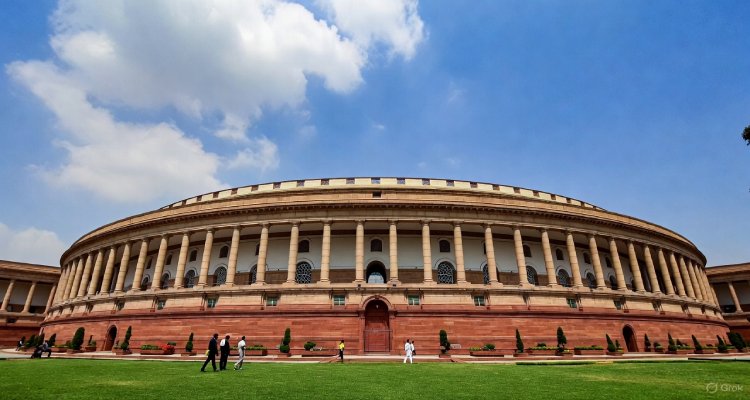Southern California Wildfires Rage On: Thousands Evacuated Amid Fierce Winds
Raging wildfires in Southern California force thousands to flee as strong winds fuel the flames. Firefighters battle hazardous conditions in an escalating crisis.
Devastating California Wildfires Force Mass Evacuations as Winds Intensify
Southern California Battles Fast-Spreading Wildfires
CASTAIC, California—Relentless winds and dangerously dry conditions are fueling a wave of destructive wildfires in Southern California, forcing tens of thousands to evacuate as firefighters struggle to contain the growing infernos. Among the most aggressive blazes is the Hughes Fire, which has surged across more than 10,000 acres just north of Los Angeles since igniting early Wednesday morning.
The California Department of Forestry and Fire Protection (Cal Fire) confirmed the Hughes Fire’s rapid expansion, highlighting the extreme difficulties in containing the flames amid severe drought conditions. Currently, over 4,000 firefighters are battling multiple wildfires in the region, with only 14% containment achieved in the Hughes Fire alone.
Firefighters Face Harsh Weather Conditions
Forecasts indicate that strong Santa Ana winds, reaching up to 65 mph, will persist through Friday, worsening the already critical fire risk. The National Weather Service has issued an alert, warning that humidity levels are expected to plummet below 10%, leaving the parched landscape highly combustible.
“Dangerous fire weather conditions will persist through Friday as fuels remain extremely dry and ready to burn,” the advisory stated. “Any fire that starts can grow fast and out of control.”
The high winds not only spread flames at an alarming rate but also hinder aerial firefighting efforts, making containment strategies even more challenging. Helicopters have been spotted scooping water from lakes to douse the advancing infernos, while air tankers drop fire retardant across the rugged terrain to slow the fire’s progression.
Widespread Evacuations and Devastation
As of Wednesday evening, around 31,000 residents were ordered to evacuate the Castaic Lake region, just north of Santa Clarita. Families scrambled to gather belongings and flee as massive plumes of smoke engulfed the sky, turning the region into a fiery landscape.
Meanwhile, the Palisades and Eaton fires—raging on the western and eastern outskirts of Los Angeles—have already devastated entire communities. The past two weeks have seen at least 28 fatalities and nearly 16,000 homes and businesses destroyed or severely damaged by the blazes.
Fire Threat Expands Across Los Angeles
Adding to the crisis, a smaller but aggressive blaze, dubbed the Sepulveda Fire, ignited along the 405 Freeway near the Getty Museum in the San Fernando Valley. The fire, which quickly spread across 40 acres, briefly forced the closure of one of the region’s busiest highways and prompted emergency evacuations in nearby neighborhoods.
Firefighters have warned that the ongoing drought, combined with an extended dry spell—spanning over nine months—has created a powder keg scenario, making it nearly impossible to predict when the fires will be fully contained.
Rain Offers Hope, But Risks Remain
Relief may be on the horizon, as meteorologists predict the first significant rainfall in months from Saturday through Monday. While the rain could provide much-needed assistance in firefighting efforts, Los Angeles Mayor Karen Bass cautioned that heavy precipitation may trigger deadly mudslides in fire-scorched areas.
“We are taking aggressive action to mitigate potential mudslides by installing barriers, removing debris, and redirecting stormwater,” Mayor Bass announced during a press conference.
Containment Efforts Continue Amid Federal Scrutiny
By Thursday morning, Cal Fire reported some progress in containing the Eaton Fire, which has scorched 14,000 acres and is now 95% contained. Meanwhile, the larger Palisades Fire remains a formidable threat, with containment reaching only 70% despite relentless firefighting efforts.
Federal officials have also weighed in on the crisis. President Donald Trump, who has frequently criticized California’s wildfire management, is expected to visit the affected areas on Friday to assess the damage. In a recent interview, Trump suggested withholding federal disaster aid unless the state revises its water management policies.
“I don’t think we should give California anything until they let water flow,” the president stated during an interview, referencing his concerns about water conservation measures in the northern part of the state.
Climate Change and the Future of California Wildfires
Experts warn that climate change is exacerbating the frequency and intensity of wildfires in California, with rising temperatures and prolonged droughts creating increasingly dangerous fire seasons. Scientists and environmental advocates are urging state and federal leaders to adopt stronger wildfire prevention strategies, including enhanced forest management and improved emergency preparedness initiatives.
As California battles another record-breaking fire season, communities remain on high alert, bracing for further evacuations and destruction. Firefighters continue their uphill battle against nature’s fury, hoping that shifting weather patterns and an eventual change in conditions will bring relief to the embattled state.
Source: (Reuters)
(Disclaimer: This article provides real-time updates on the California wildfires based on available data. For official emergency notifications and evacuation orders, residents should refer to local authorities and Cal Fire updates.)
Also Read: PayPal Fined $2M for Cybersecurity Failures That Exposed Customer Data











